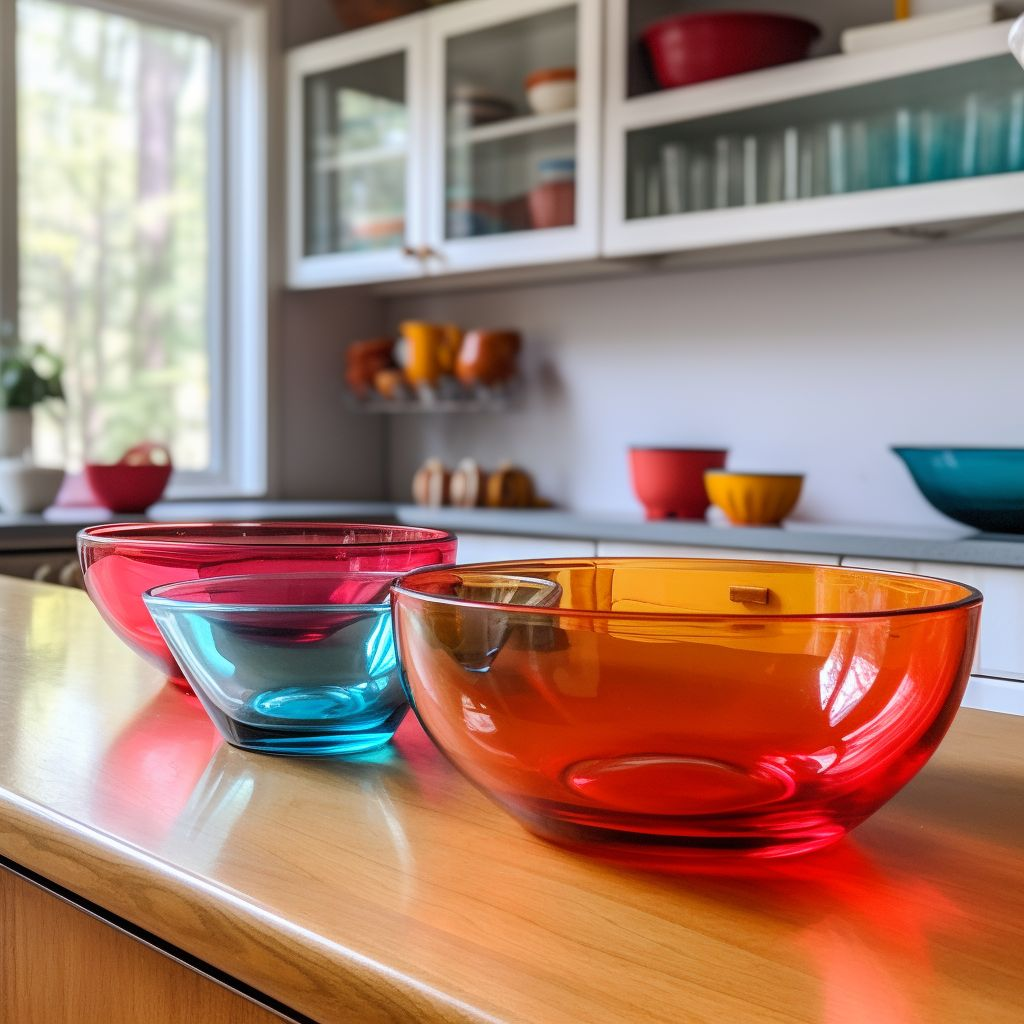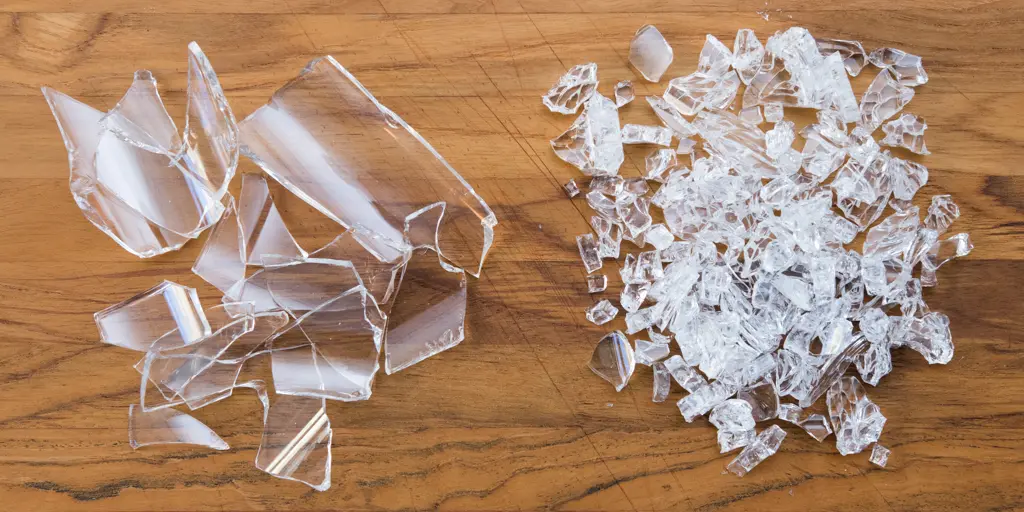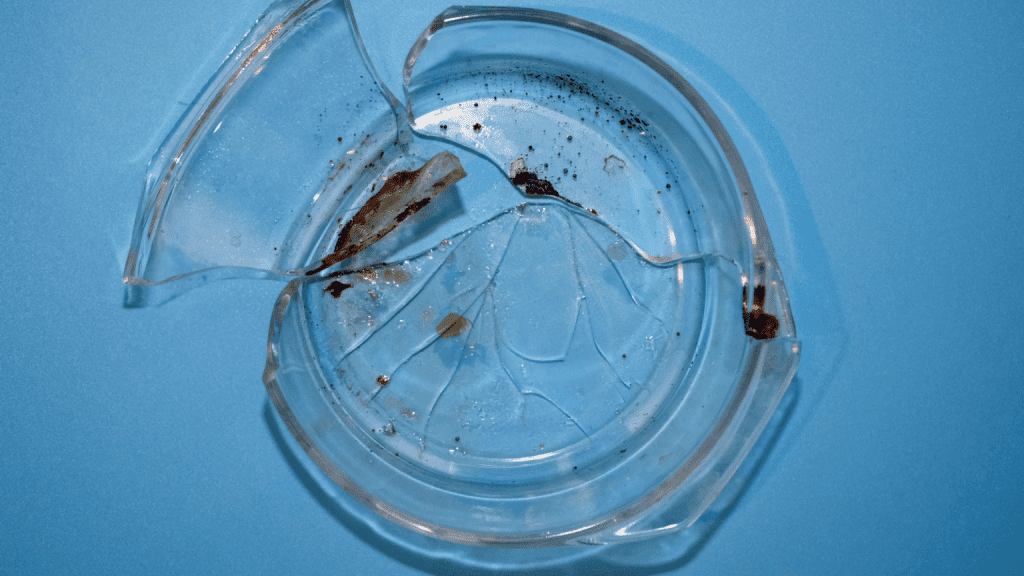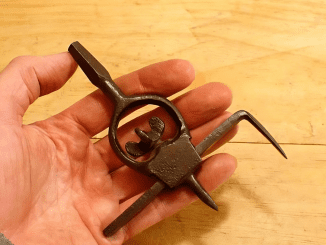Pyrex is a household name, especially in the kitchen, known for its durable glassware and versatile use in baking and cooking. However, over the years, there have been sporadic reports of Pyrex dishes shattering or “exploding” without warning. This has sparked curiosity and concern among consumers. How safe is Pyrex, really? And why do some Pyrex dishes break so unexpectedly?
In this article, we’ll unpack the history of Pyrex, explore why it can sometimes explode, and offer practical tips to ensure safe usage in your kitchen.

A Brief History of Pyrex
Pyrex was first introduced in 1915 by Corning Glass Works, originally made from borosilicate glass, a material prized for its heat resistance. Borosilicate glass could withstand rapid temperature changes, making it ideal for everything from the oven to the freezer.
However, in the 1990s, the formula was changed. Today, Pyrex in the United States is made from soda-lime glass, a cheaper alternative to borosilicate glass. While soda-lime glass is still durable, it’s not as resistant to extreme temperature shifts, which has contributed to incidents of glassware unexpectedly shattering.
Why Does Pyrex Explode?
If you’ve ever heard about or experienced Pyrex glass “exploding,” you’re not alone. Understanding why this happens can help you avoid such accidents. Here are the main reasons:
Thermal Shock: A Leading Cause
Thermal shock is the primary reason Pyrex glass breaks. Thermal shock occurs when there’s a sudden and drastic temperature change. For instance, taking a hot Pyrex dish out of the oven and placing it directly on a cold surface, or pouring cold liquid into a hot dish, can cause the glass to shatter.
Soda-lime glass, which modern Pyrex is made from, is more susceptible to thermal shock than borosilicate glass. This is why handling your Pyrex with care is crucial, especially when moving it between temperature extremes.
Manufacturing Changes and Their Impact
The shift from borosilicate glass to soda-lime glass in the 1990s made Pyrex less resistant to abrupt temperature changes. Borosilicate glass, still used in some European Pyrex products, can withstand more significant variations in temperature. While soda-lime glass is cost-effective and meets safety standards, it requires more careful handling.

The change in materials is often cited as a reason for the increase in reports of Pyrex shattering. When exposed to rapid temperature changes, the soda-lime glass expands and contracts unevenly, which can lead to breakage.
Scratches and Other Damage
Scratches, chips, or other surface imperfections can also make Pyrex more prone to breaking. These flaws create weak spots in the glass, making it more vulnerable to pressure or temperature changes. If you notice any damage on your Pyrex, it’s best to replace it to avoid accidents in the kitchen.
Quality Control and Defects
Occasionally, manufacturing defects can contribute to the spontaneous breaking of Pyrex glassware. While rare, imperfections in the glass-making process can result in weaker spots that shatter under stress. These defects are typically unnoticeable to the naked eye but can have serious consequences during regular use.
How to Use Pyrex Safely
Despite the concerns, Pyrex is still widely used and considered safe when handled properly. Here are some essential tips to ensure your Pyrex glassware stays intact during use.
Avoid Sudden Temperature Changes

One of the simplest ways to prevent Pyrex from shattering is to avoid exposing it to rapid temperature changes. Here’s what you can do:
- Allow hot Pyrex dishes to cool before placing them on a cold or wet surface.
- Avoid placing a hot dish directly into the freezer or a frozen dish into a hot oven.
- If you’ve frozen food in Pyrex, thaw it gradually in the fridge before reheating.
Inspect for Damage Regularly
Before using any Pyrex dish, always check for scratches, chips, or cracks. Even small imperfections can lead to shattering. If you spot any damage, it’s best to discard the dish to avoid any potential safety hazards.
Handle with Care: Use Oven Mitts and Trivets
When handling hot Pyrex, always use oven mitts or pot holders. Place the dish on a trivet or a heat-resistant surface rather than directly on a cold countertop. This practice will minimize the risk of thermal shock and keep your glassware intact.
Avoid Using Pyrex Under the Broiler

Pyrex is not designed to withstand the intense heat of a broiler. The extreme, concentrated heat can cause the glass to break, so it’s best to avoid using it for broiling entirely. Stick to metals or broiler-safe cookware for those high-heat recipes.
Follow the Manufacturer’s Guidelines
Every Pyrex product comes with manufacturer’s instructions for safe use. These guidelines are specifically designed to help you avoid common mishaps and extend the life of your Pyrex cookware. Following these instructions can significantly reduce the chances of your Pyrex shattering.
Consider Borosilicate Alternatives
If you’re concerned about the safety of soda-lime glass Pyrex, consider switching to borosilicate glass cookware. Some brands still produce borosilicate glass, which is more resistant to thermal shock. While more expensive, borosilicate cookware offers peace of mind if you often use your glassware in high-heat or extreme temperature conditions.
Conclusion
So, is Pyrex safe? Yes, but like any kitchen tool, it requires proper care and handling. The key is to be mindful of temperature changes, check for damage, and follow the recommended usage guidelines. While Pyrex can occasionally shatter due to thermal shock or defects, the risk can be minimized with careful usage.
Understanding why Pyrex explodes and how to prevent it can keep your kitchen safe and your cooking routine smooth. By following these tips, you can continue to enjoy the convenience and durability of Pyrex without fear of an unexpected glass explosion.


